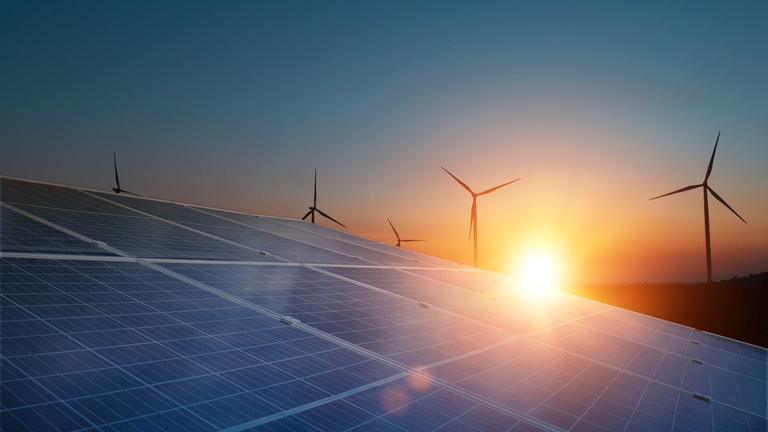https://www.lifegate.it/iea-rinnovabili-2030
- |
- Global renewables growth is outpacing current government targets for 2030.
- However, all this is not enough to reach the goal of tripling renewable energy capacity set by almost 200 countries at the COP 28 climate summit.
An increasingly renewable world.This is the now undisputed direction in which global society is going.The latest report published by the International Energy Agency (IEA), entitled “Renewables 2024 – Analysis and forecast”, provides a impressive growth of renewable energy capacity globally during this decade.According to the document, the expected increase between 2024 and 2030 will be equal to 5,500 gigawatts (GW), a figure equivalent to the current combined energy capacity of China, the European Union, India and the United States.

The protagonists of this transformation are China and photovoltaics
This increase, almost triple compared to the growth observed between 2017 and 2023, it is the result of favorable policies and advantageous economic conditions that are pushing the sector towards a radical transformation.There China, in particular, will be the Leading country in the industry, contributing almost the 60 percent of global installations of renewable energy by 2030.By the end of the decade, therefore, China will accommodate almost half of the world's total renewable energy capacity, a significant increase from 33 percent in 2010.Although China represents the main driver of this growth, theIndia is the country that is recording the fastest pace of expansion among the world's major economies.
On a technological level, thephotovoltaic solar energy will be the protagonist, accounting for around 80 percent of the global increase in renewable capacity.This will be the result of the construction of large solar plants and the increase in solar panel installations on the roofs of businesses and homes.The wind energy sector is also destined to recover, with a pace of expansion that will double in the period 2024-2030 compared to the previous one.
Achievable goal but depends on governments
According to the report, by 2030, nearly 70 countries, which together represent 80 percent of global renewable capacity, are poised to meet or exceed current renewable energy targets.However, despite this progress, growth will not be fully in line with the goal set during the conference Cop 28 on climate change to triple global renewable energy capacity by the end of the decade.IEA forecasts indicate that global capacity will reach 2.7 times the 2022 level by 2030, but reaching the target is still possible if governments take timely actions, such as setting ambitious plans in the next Nationally Determined Contributions (NDCs).
Fatih Birol, executive director of the IEA, underlined how “renewable energies are advancing faster than the targets set by national governments, not only to reduce emissions or improve energy security, but because today they represent the cheapest option for building new power plants in almost every country in the world."
Renewables will produce 50 percent of the world's electricity
By 2030, renewables are set to generate nearly half of global electricity, with wind and solar photovoltaic power doubling their share to 30 percent.However, the report highlights the need to better integrate these variable energy sources in electrical systems to avoid waste.In several countries, where the trend is against the current, the rate of reduction in the use of renewable electricity has already reached 10 percent.To combat this phenomenon, it will be essential to adopt measures that increase the flexibility of electricity systems, modernizing networks and increasing storage capacity.
Finally, the report also addresses the issue of renewable fuels which, according to the agency, require greater political support to decarbonize difficult-to-electrify sectors.The use of biofuel, biogas, hydrogen and e-fuels are still limited due to high costs compared to fossil fuels.Without significant acceleration, their share will remain below 6 percent by 2030.
The growth in production capacity in the renewable technologies sector, particularly solar, is leading to a surplus supply, concentrated mainly in China.This caused a collapse in solar module prices, which have more than halved since 2023.However, this situation is putting pressure on many manufacturers, resulting in significant financial losses.The production of solar panels in the United States costs three times more than in China, while in India it is twice as expensive.According to the report, policymakers should consider how to find a balance between the additional costs and the benefits of local production, weighing key priorities such as job creation and energy security.
